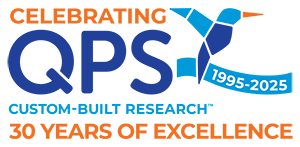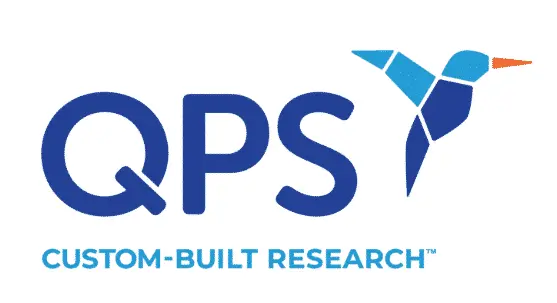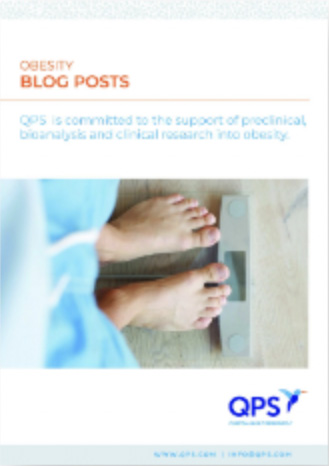The potential to treat severe genetic disorders before birth has taken a promising step forward. Researchers at the University of California, San Francisco (UCSF) are exploring the feasibility of injecting therapies directly into the amniotic fluid, aiming to mitigate genetic damage that can start in utero. The research, published in Science Translational Medicine, evaluated the safety and efficacy of a treatment for spinal muscular atrophy (SMA) in two animal models.

Treating Spinal Muscular Atrophy
SMA is a serious neurodegenerative condition that leads to progressive muscle weakening, atrophy and death if untreated. Antisense oligonucleotides (ASOs), molecules designed to regulate gene expression by interacting with RNA, are currently used to treat SMA and other nervous system disorders postnatally. Because damage from SMA typically begins before birth, the researchers tested the use of ASOs prenatally.
“Children with severe forms of SMA can have irreversible damage by the time they are born, and we wanted to see how we could treat as early as possible, in the least invasive way,” said Tippi MacKenzie, senior author of the study and a fetal and pediatric surgeon at UCSF Benioff Children’s Hospitals.
Promising Signals From Animal Experiments
The research involved two animal studies, each contributing critical insights. Mice with SMA receiving prenatal ASO injections showed improved survival rates, better motor function and more motor neurons compared to those treated postnatally or not treated. The researchers also tested the feasibility of the treatment method in fetal sheep without SMA and found that it was a safe and effective way to distribute medicine to the spinal cord and other target tissues.
“This suggests we may be able to use amniotic fluid to deliver therapeutic RNA molecules for other severe, early-onset diseases that affect different areas of the body,” MacKenzie said. The research represents an essential initial step, demonstrating the safety and broad distribution of ASOs in larger mammals without significant side effects—key requirements for future regulatory consideration.
Inverse Amniocentesis: Flipping the Script on Prenatal Testing
Should this approach advance to human clinical trials and eventually receive approval, it could become an outpatient prenatal procedure, similar to amniocentesis. Unlike traditional amniocentesis, where fluid is extracted for genetic testing, this approach involves administering medication into the amniotic fluid.
“This is sort of an inverse amniocentesis,” described Beltran Borges, UCSF post-doctoral researcher. “Once translated to the clinic, it could be an outpatient procedure.”
Using fluorescence imaging, researchers observed that fetuses naturally swallowed and inhaled the ASOs, distributing them throughout the body. “It is remarkable that you can inject something in the amniotic fluid and let it sit there, and over time a fetus swallows it or sniffs it in, and it gets to the brain and elsewhere,” Borges noted.
Team Science in Action
The research exemplifies the effectiveness of multidisciplinary collaboration. UCSF and UC Davis led the sheep experiments, Johns Hopkins School of Medicine and Cold Spring Harbor Laboratory in New York conducted mouse studies and industry leaders Ionis and Biogen provided essential resources and expertise.
“It takes a lot of trust and effort to put studies from three different labs and industry collaborators together,” MacKenzie said. “This type of multi-disciplinary collaboration—it’s the most rewarding way to do science.”
Looking Ahead
The drug risdiplam, an mRNA modifier, takes a different approach to treating SMA in infants. It is FDA-approved for treating infants postnatally. In one case, a mother was approved for treatment with the drug starting at 32 weeks of pregnancy to reduce the effects of the disease in her infant, who was found to be at risk for SMA through prenatal genetic testing. The child has survived and progressed well, with no abnormal muscle development.
Although these early results are promising, the research represents only one step toward the eventual goal of routine prenatal genetic disorder therapies. Much more testing and validation remain before clinical implementation becomes feasible. Still, this foundational study offers a hopeful glimpse into what prenatal medicine may achieve in the future, potentially transforming how severe genetic disorders are addressed before birth.
Did you enjoy this blog post? Check out our other blog posts as well as related topics on our Webinar page.
QPS is a GLP- and GCP-compliant contract research organization (CRO) delivering the highest grade of discovery, preclinical, and clinical drug research development services. Since 1995, it has grown from a tiny bioanalysis shop to a full-service CRO with 1,200+ employees in the US, Europe, Asia, India and Australia. Today, QPS offers expanded pharmaceutical contract R&D services with special expertise in pharmacology, DMPK, toxicology, bioanalysis, translational medicine, cell therapy (including PBMCs, leukopaks and cell therapy products), clinical trial units and clinical research services. An award-winning leader focused on bioanalytics and clinical trials, QPS is known for proven quality standards, technical expertise, a flexible approach to research, client satisfaction and turnkey laboratories and facilities. Through continual enhancements in capacities and resources, QPS stands tall in its commitment to delivering superior quality, skilled performance and trusted service to its valued customers. For more information, visit www.qps.com or email info@qps.com.




